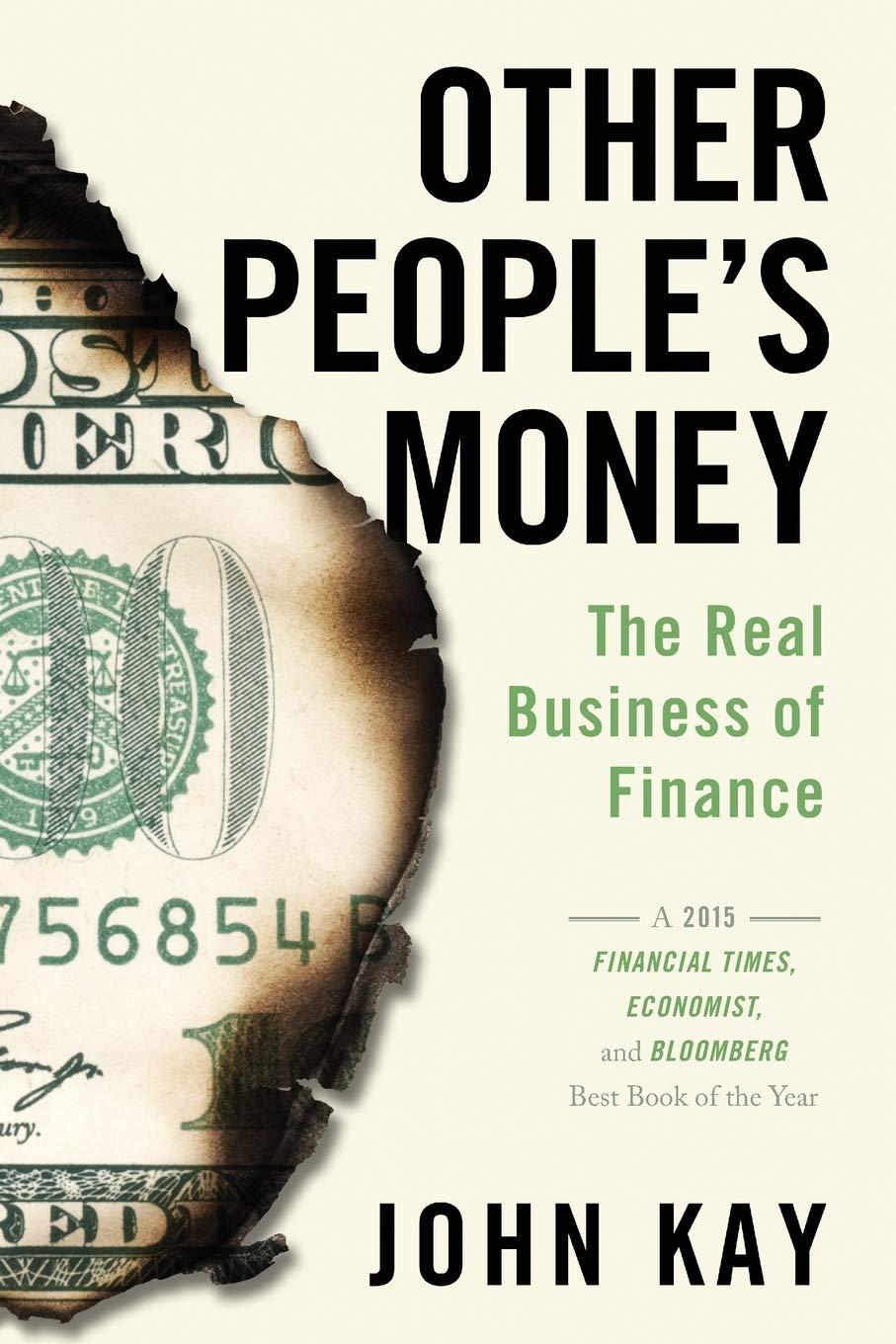Question
Problem 3.5 (a) Over the same seventeen day trading period, sixteen observations of rates of return on Exxon, Hormel, and Abbott Laboratories gave respective mean
Problem 3.5
(a) Over the same seventeen day trading period, sixteen observations of rates of return on Exxon, Hormel, and Abbott Laboratories gave respective mean rates of return .085%, .134%, and .179%, and respective variances .011, .029, and .025. Thus, Abbott Labs appears to be strictly better than Hormel, in the sense of having a higher expected return, with lower risk. One might assume that an optimal risk-averse portfolio consisting of these stocks, together with, say Goodyear as a fourth stock, would not include Hormel at all. Using a risk aversion of a = 4, check that in actuality this is not the case.
(b) If you are curious and ambitious, write general expressions for the value function a*^2 for a portfolio that uses all stocks, and for a second portfolio like the first, except that the weight formerly given to stock 2 (Hormel) is lumped together with the weight for stock 3 (Abbott Labs). Try to see what it is about the two values that makes the first better than the second, and think about what your study implies about diversification of investments.
Step by Step Solution
There are 3 Steps involved in it
Step: 1

Get Instant Access to Expert-Tailored Solutions
See step-by-step solutions with expert insights and AI powered tools for academic success
Step: 2

Step: 3

Ace Your Homework with AI
Get the answers you need in no time with our AI-driven, step-by-step assistance
Get Started


